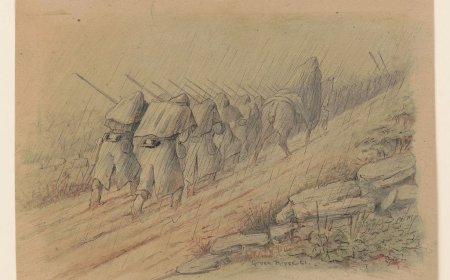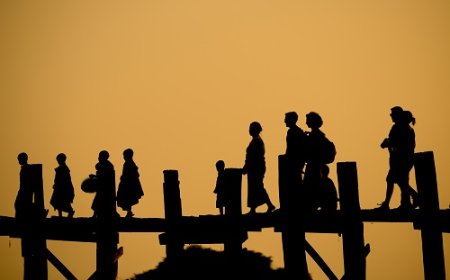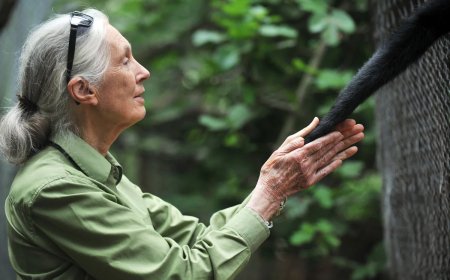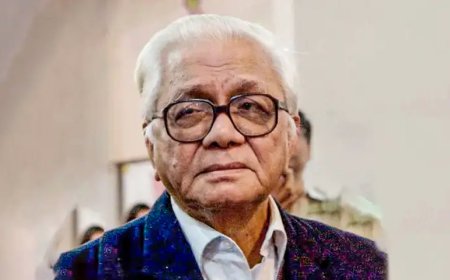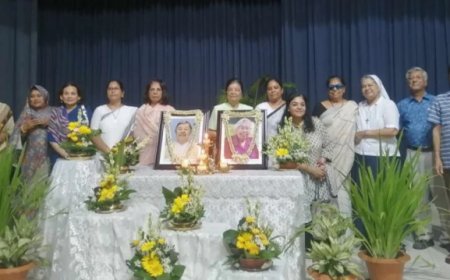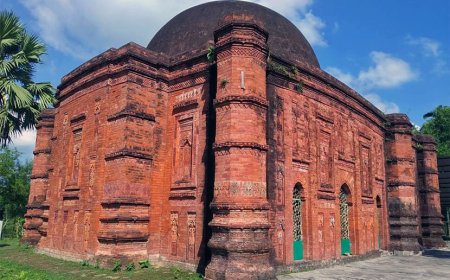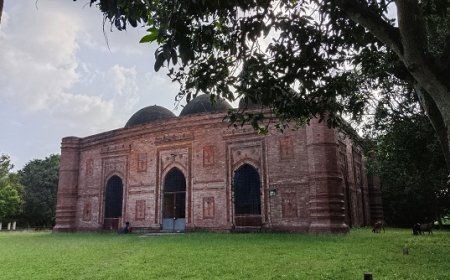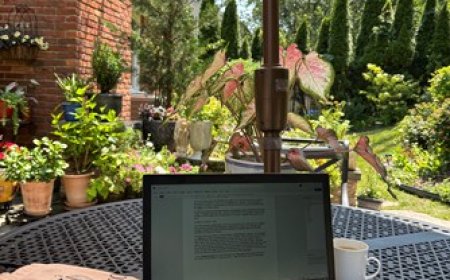Preserving Our Heritage From the Bengal Sultanate
Neither did our history begin in 1971 nor is it something we must leave behind, as we face the future. Let us truly embrace our past and understand where we came from as a people and a nation.
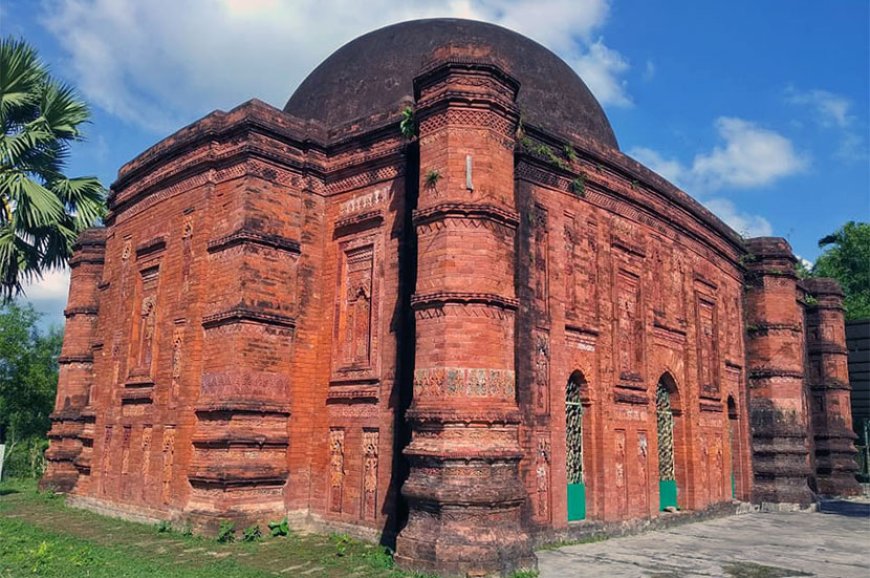
One mosque from the bygone Bengal Sultanate remains standing in Habiganj and is in dire need of restoration. The single-domed, one-story brick structure Shankar Pasha Mosque sits atop a mound on the northern bank of a large pond. Holding six octagonal turrets, the masjid has a verandah on east, and the mihrab projecting westward.
The prayer chamber has three doorways each on three sides, with the wall panel reliefs decorated by pomegranate trees. A slate stone inscription slab over an entrance doorway proclaims the ruling sultan's name. Built during the reign of Sultan Alauddin Hussain Shah, this was likely constructed in the late 1400s. The architecture may have been influenced by homelands of the Muslim colonists who settled in Bengal. Small, covered mosques in ancient Iran and Central Asia also have similar single-unit, square rooms supported by transverse arcades.
The sultan was of Iranian descent and known as Syed Hussain Sharif Makhi, before ascending to the throne in 1494. He reigned for 25 years, and a stone inscription in Sylhet depicts that this was the northeast boundary of his kingdom. The original Syed family of Habiganj is said to be linked in marriage to this sultan, according to rural folklore.
Sipahsalar Syed Nasiruddin (Rahmatullah alaih, may the Almighty have mercy upon him) from the 1300s is the founder of this clan. Born in Baghdad, he left after Mongol ruler Hülegü Khan seized and destroyed the city in 1258. He sought refuge in Delhi and joined the imperial army. Eventually, he climbed the ranks to become sipahsalar, armed forces chief, under Bengal Sultan Shamsuddin Firuz Shah, who held the throne in Lakhnauti from 1301 to 1322.
Generals come and go, but the year 1303 would mark him as a historic figure in South Asian empire building. He was deployed to invade Sylhet, and successfully did so, alongside the sultan’s nephew Sikandar Khan Ghazi, and the great Sufi leader Hazrat Shah Jalal (R).
Upon conquering Sylhet, Syed Nasiruddin (R) led an army of 3,000 infantry and 1,000 cavalry, alongside 12 disciples of Hazrat Shah Jalal (R) to the principality of Taraf (Habiganj), south of Sylhet. This minor kingdom was ruled by King Achak Narayan, and upon his escape to Tripura, Syed Nasiruddin (R) became administrator of the land.
He introduced Islam to the locals and cleared jungles to cultivate the land. As an early settler, he improved rice cultivation techniques by providing instructions to the people. His family served as administrators of the 1,000-square-mile area until 1581, when the king of Tripura took over the land. Even after the zamindari was violently taken away, the dynasty’s in-depth knowledge of Islam maintained a source of legitimacy and authority for them.
It can be deduced that they had a hand in construction of this mosque, as they were zamindars of the land. This mosque is still in use and holds a sense of nostalgia for descendants of the Syed clan. One can imagine this is where their ancestors said their prayers, bowed before the Almighty, and held gatherings.
As this historic structure falls under the jurisdiction of Bangladesh’s Archeology Department, private citizens are legally not allowed to conduct the restoration themselves. Therefore, I call upon the honorable Advisor Mostafa Sarwar Farooki, Cultural Affairs Ministry Secretary Md. Mofidur Rahman, and departmental Director General Sabina Alam to support this matter of our national heritage.
I know of several members of the Syed clan who are well-established both in Bangladesh and abroad, and they would gladly contribute any necessary funds to restore the mosque to its former glory, considering that the renovation project proceeds with full transparency. This is an asset not just for the original Syed clan of Habiganj, but also for the rest of the nation.
As there are 55 mosques from Bengal Sultanate in the nation, according to architectural historian Perween Hasan, imagine if this fundraising strategy can be used as a blueprint to restore all of these national assets.
A website can note donations received from each individual, and upon reaching the amount needed, the renovation project can be displayed with expenditures marked, project milestones described, and photos depicting progress. Locals are likely to assist, as this would boost tourism and the historic prestige of the land. This would be a win-win situation for the government and private sectors, in addition to revitalizing the heritage of the Bengal Sultanate.
Tamim Choudhury is a public affairs specialist for a Washington, DC-based international volunteering agency. Having spent the first ten years of his life in Bangladesh, he is keen on assisting this nation reach its full potential.
What's Your Reaction?






















